How about green tea served by a geisha, with a view of the Zen garden and the sound of morning Buddhist prayers in the background? Or maybe an afternoon ride with a Shinkansen at 300 km/h, with a transfer to a taxi without handles that will take you to a hotel serviced by androids? In the evening, you can go to a sumo fight show or robots. In Japan, everyone will find something for themselves – this is a country of contrasts, where modernity and tradition can exist in unprecedented harmony. After all, what connects samurai with Hello Kitty and Chinese soup with Toyota? In general, only one thing — they are all made in Japan.
Geography and history
Japan is an island in the western Pacific Ocean off the east coast of Asia, forming the Japanese archipelago. The four main islands of Japan: Hokkaido, Honshu, Kyushu, and Shikoku occupy about 95% of the entire country. The coastline of Japan itself is very developed and belongs to the longest in the world (about 30,000 km). The Japanese state also includes about 7,000 small islands, the largest of which is Okinawa. The archipelago is a watery part of a huge mountain range rising from the ocean floor, next to which there are large oceanic depths, including the Japanese Trench. Mountains occupy about 70% of the territory of Japan, in which more than 200 of them (including the famous Fuji) are active volcanoes. The total land area is roughly the size of Germany, and its insular nature means that it does not border any other country. The Sea of Japan is the natural border between Japan and its three neighbors: Russia, the DPRK, and the Republic of Korea. The East China Sea separates the Japanese islands from China.


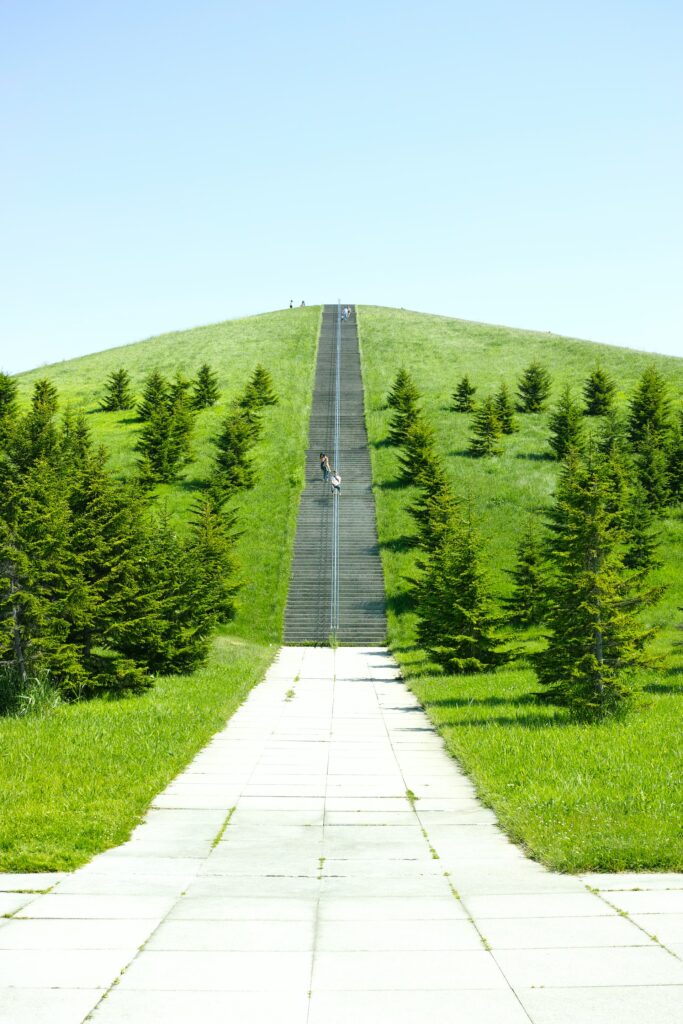
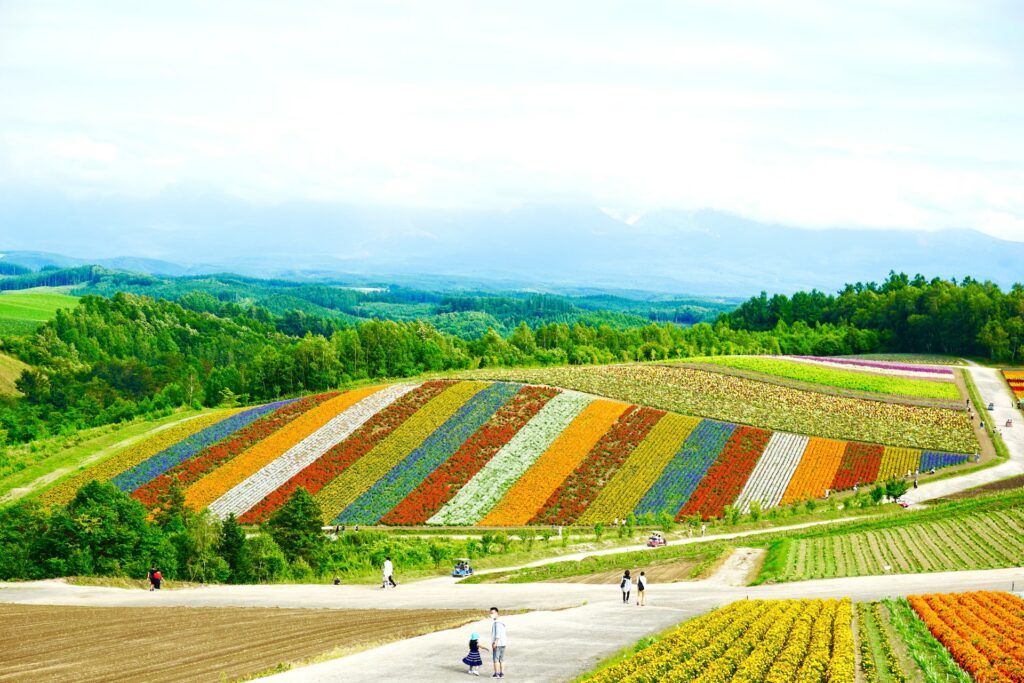
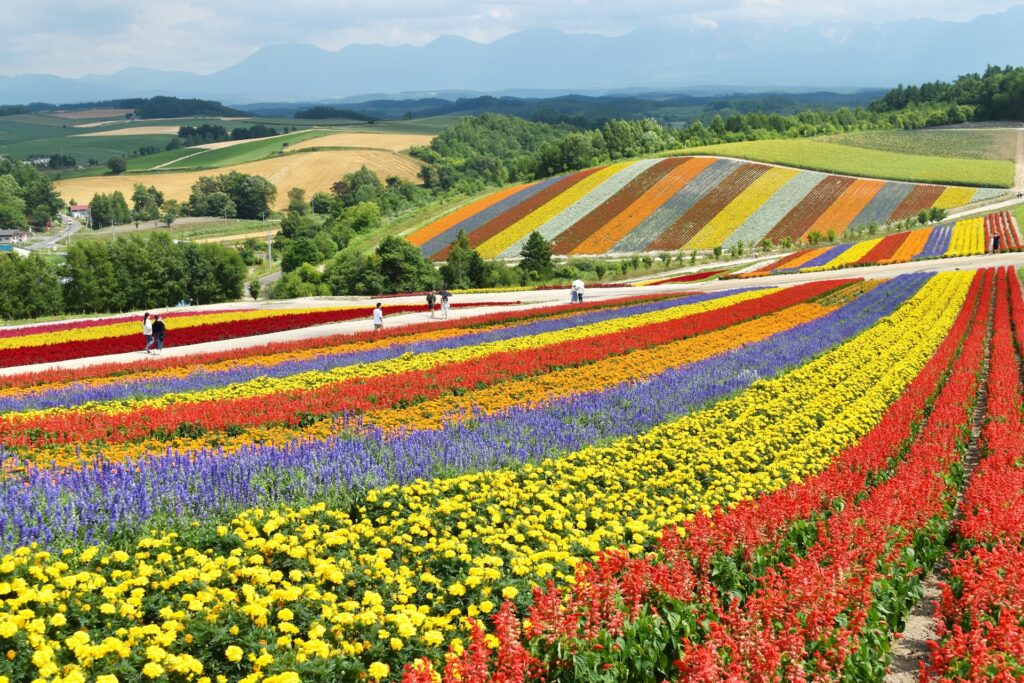
The first reliable evidence of the presence of humans in the archipelago dates back more than 30,000 years, but it was only around 400 BC that Japan was inhabited by people from the continent. Their willingness to create a strong state led to the fact that they turned to the developed Chinese civilization and adopted many Chinese customs and ideas of Confucianism. At the end of the seventh century, Japan was already a state, and officially it began to be called Nippon or Nihon, which means “The Land of the Rising Sun.”
The creation of the capital in the city of Heian – the current Kyoto – was the beginning of a new period for Japan, which was distinguished by sophistication, artistic achievements, and impeccable taste. Meanwhile, the warriors belonging to aristocratic Japanese families intensified, and in the following years, there were many military conflicts between them because of the desire to dominate the country. The real power over the state was seized by samurai warriors. These events began with the military rule in Japan, called the shogunate (since 1192), when there were many civil wars.
In ser. XVI century. one of the military leaders won power in the capital and strengthened military rule. Regent Tokugawa Ieyasu (1542 – 1616), and Prince Minamoto gained great political influence. In the battle of Sekigahara (1600), he won a convincing victory and in 1603 became shogun. Ieyasu became the founder of the Tokugawa Shogunate and moved the capital to Edo (Tokyo). In 1639, the shogunate began to pursue a policy of self-isolation of the country, which lasted a quarter of a century, the so-called Edo period.




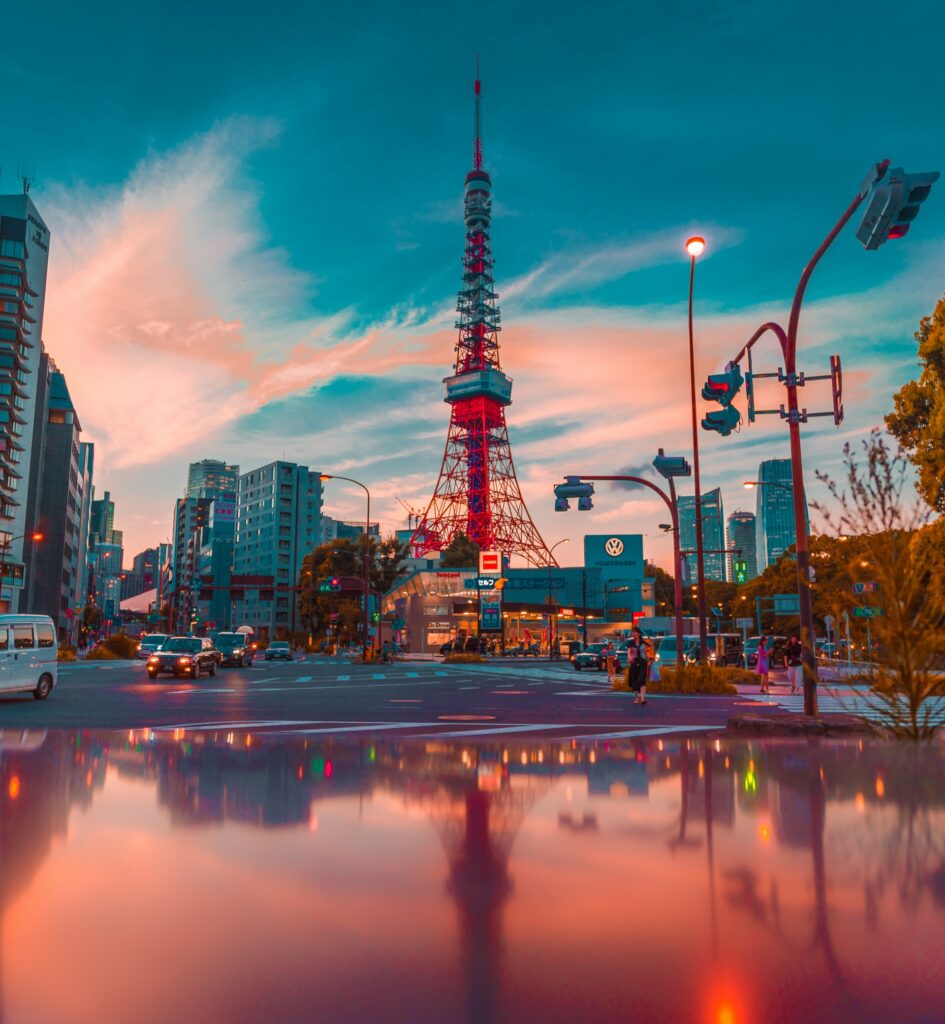
The national consciousness of the Japanese began to form during the reign of Tokugawa. This was due to the arrival of Europeans on the Japanese islands. Christianity and trade by the rulers of the country were recognized as threatening Japanese interests.
At the beginning of the XVII century, large-scale persecution of Christians began, and trade with foreigners and all contacts with foreign countries were banned. A period of complete isolation begins. This provision was partially violated only in 1854 by the American Commodore of the US Navy Matthew Colbright Perry (1794-1858), who forced the Japanese to open their ports to foreign ships. This event showed the shogun’s inability to defend the country, which was the main reason for the coup d’etat in 1868.
Advisory functions at the court were performed by samurai. Their goal was to create a strong country that could surpass the West. For Japan, this meant the modernization of the state, entailing the process of Westernization. The reforms began with the relocation of the capital to Edo. This led to the centralization of power, some detachment from samurai power, and the adoption of economic and political decisions following the example of European countries. The era was called Meiji.
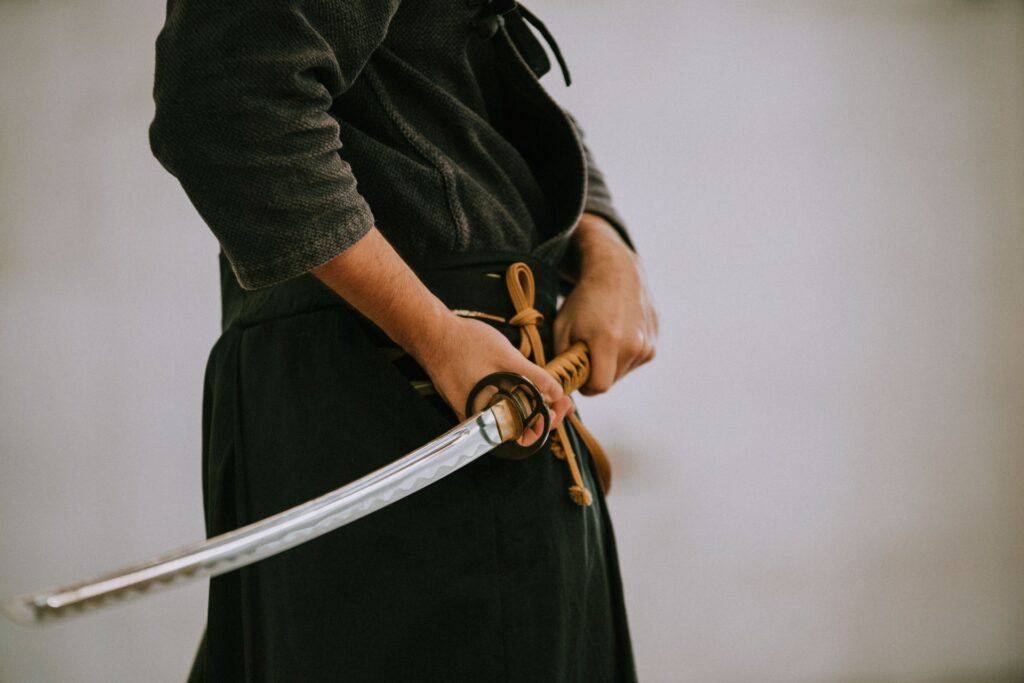
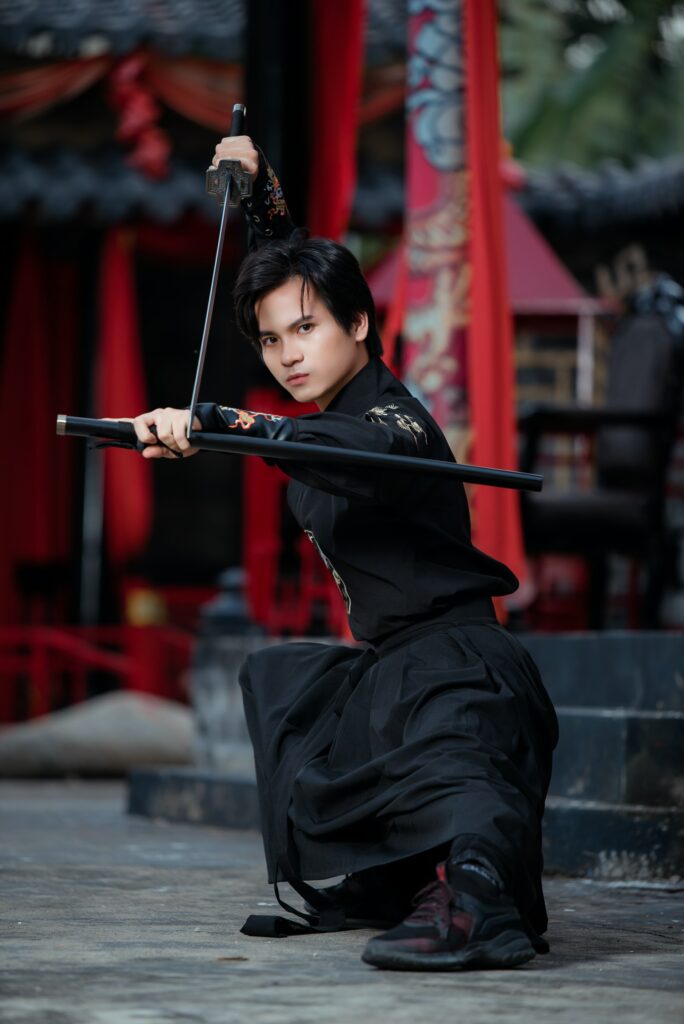
The end of the twenties of the last century led to dissatisfaction with the conservative part of Japanese society caused by the strong Westernization of domestic politics and economy. This was the beginning of undermining the effectiveness of democracy, especially in the face of the emergence of fascism in Italy and Nazism in Germany. Along with the increase in general dissatisfaction of the population, military demands are increasingly being accepted concerning territorial expansion. Japan seized part of Manchuria, where the puppet state of Manchukuo was formed.
In 1937, Japanese troops invaded China, capturing Shanghai and Nanjing. The military was not satisfied with these victories and decided to start a war with Great Britain and the United States. On December 7, 1941, the Japanese Air Force attacked the United States Navy based at Pearl Harbor and an air base in Hawaii.
The consequence of this event was the declaration of war by the United States against Germany and Japan. After the surrender of Germany, Japan continued its military operations. Only after the atomic bombings of the cities of Hiroshima and Nagasaki on August 6 and 9, 1945 by US aircraft, Japan was forced to sign an Act of unconditional surrender on September 2, 1945. This date became the official end of World War II. It is also worth noting that the Peace Treaty between Japan and Russia has not been signed to date due to a dispute over the ownership of the Kuril Islands.
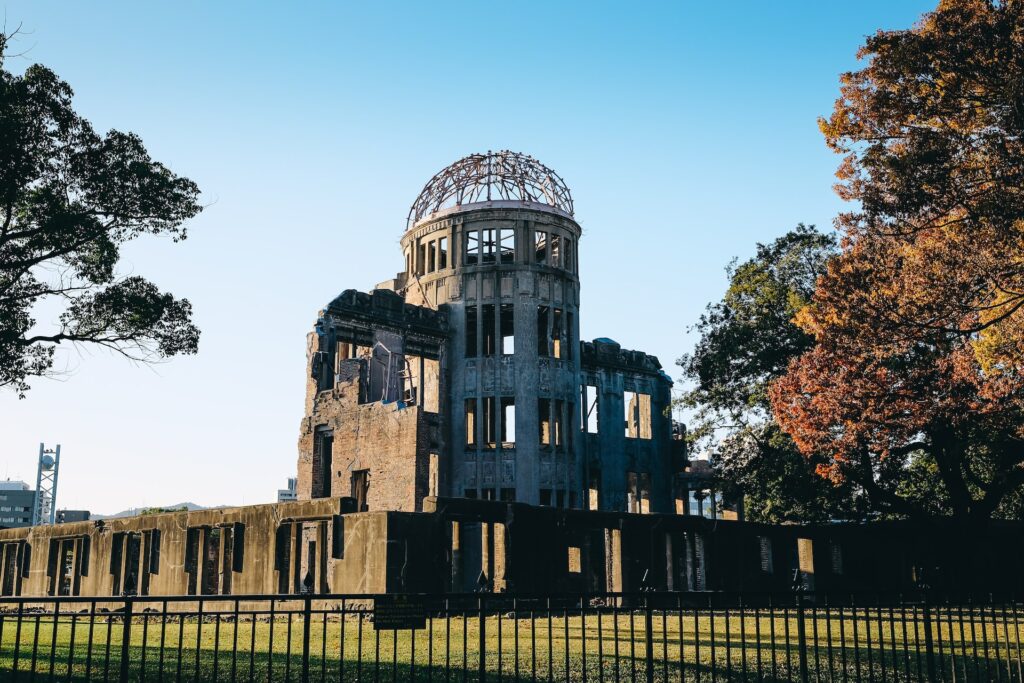
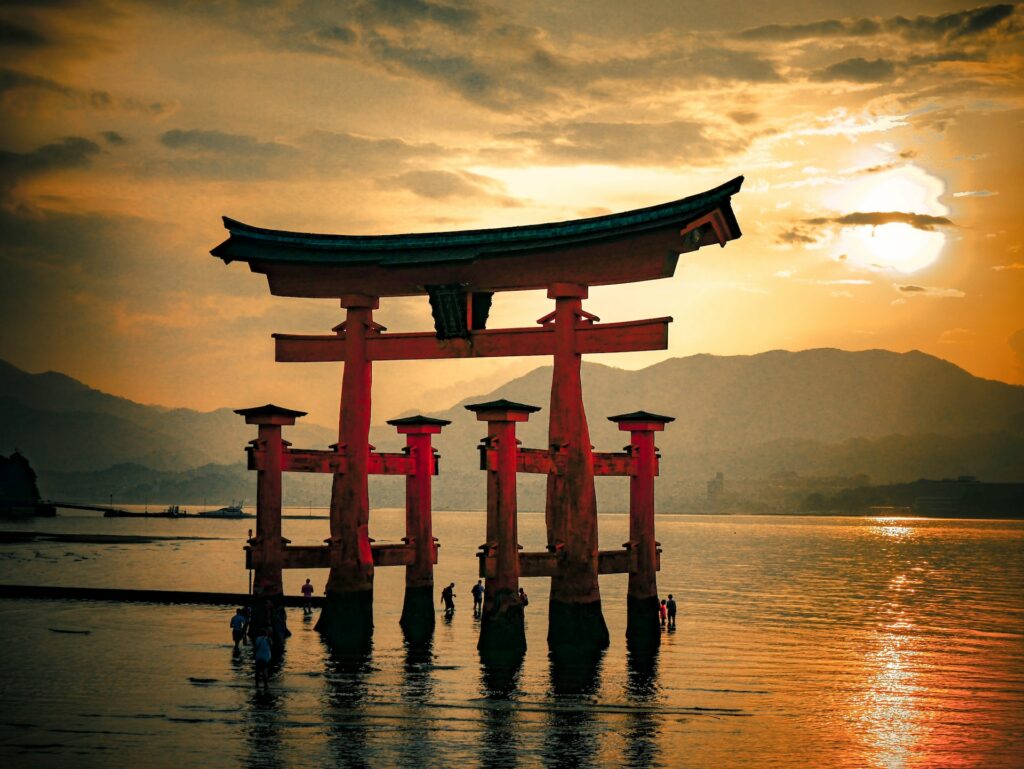
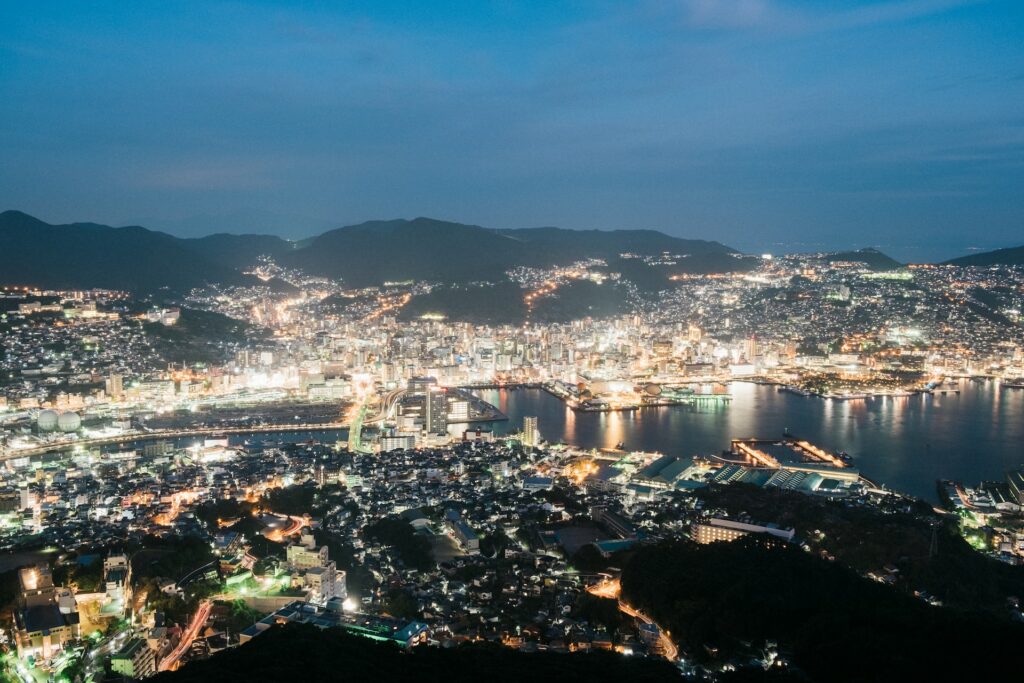
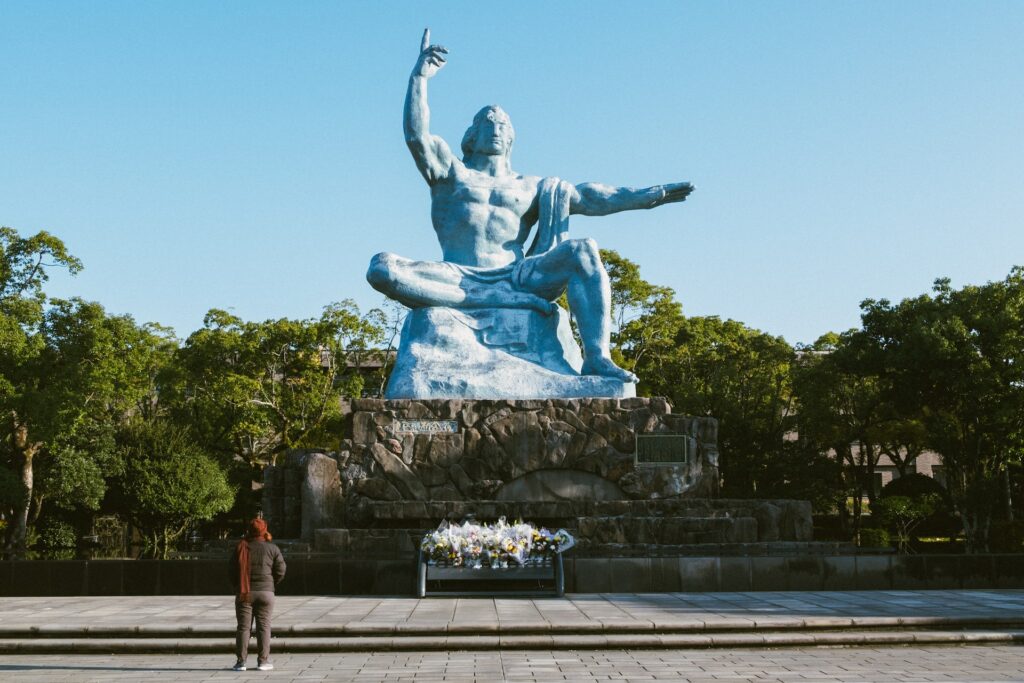

With the end of the war, Japan was temporarily under the supervision of the United States. The introduction of the pacifist constitution in 1947 and the democratization processes by the US occupation authorities was supposed to prevent the revival of militarism. As well as protect the country from communist influence. New assumptions about Japanese policy were established in 1954 in the Yoshida Doctrine, which defined three main directions: economic reconstruction, limiting armaments to the necessary minimum, and the presence of US military bases as a guarantor of preserving the long-term security of the state.
Over the next twenty years, Japan managed to achieve rapid economic growth. And by the end of the 1960s, it became the 3rd largest economy in the world. In the 1990s, Japan suffered a financial crisis. In the current situation, conservative Prime Minister Shinzo Abe has received broad public support. His rather nationalistic approach to politics and the introduction of new economic reforms. Give hope to many Japanese to return to the splendor of their state. However, for health reasons, he is retiring.
Culture and customs
Japan is an ethnically and culturally homogeneous country (99% of the country’s population are Japanese). On the other hand, most local societies like to emphasize their regional diversity, which they are proud of. A special dissonance can be observed between the eastern Kanto district and the western Kansai (Tokyo vs. Osaka). Differences are found there in different dialects, culinary preferences, and how to behave. For example, it is customary to say that people from the Kansai region are more open. And have a greater sense of humor, but, as a rule, are less polite than people in the Kanto region, whose behavior is more formal. Representatives of both regions have developed many stereotypes about themselves over the years, often causing mutual negative prejudices.
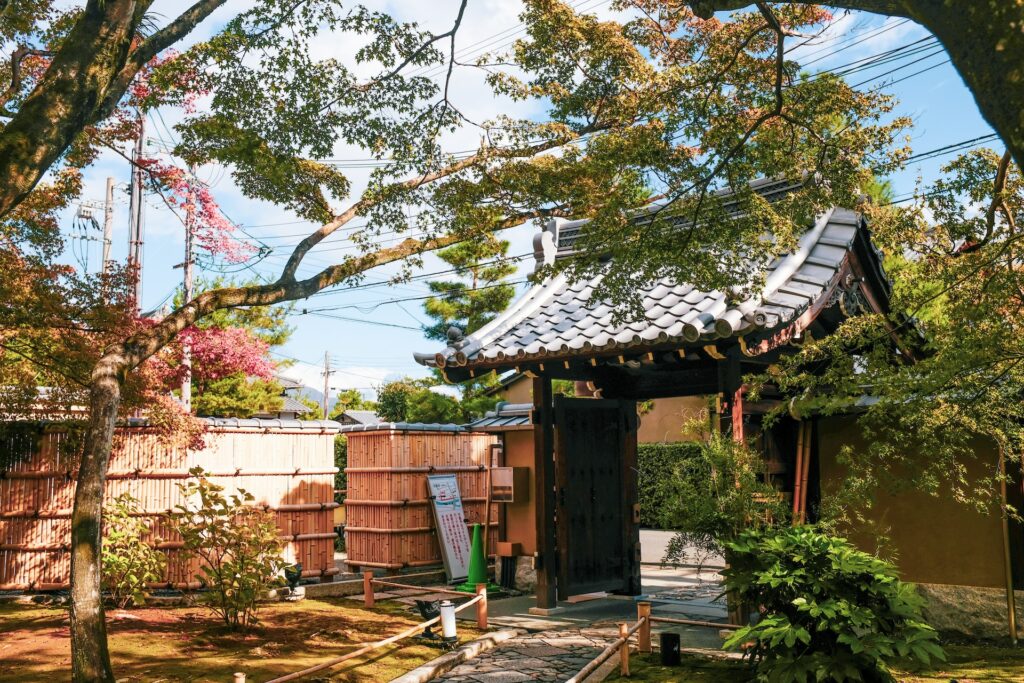
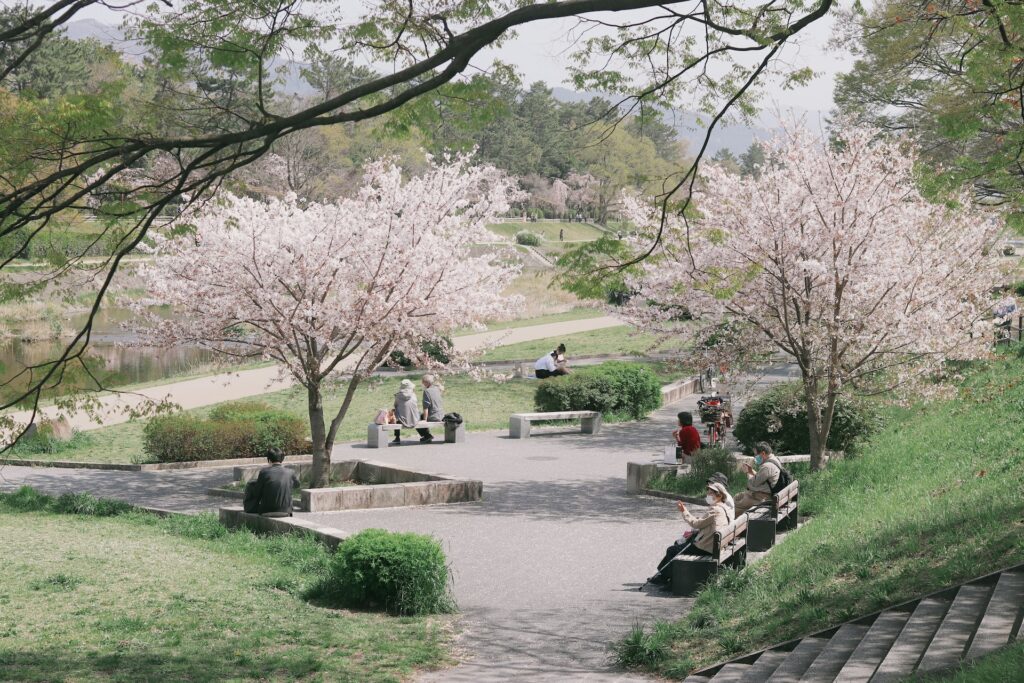


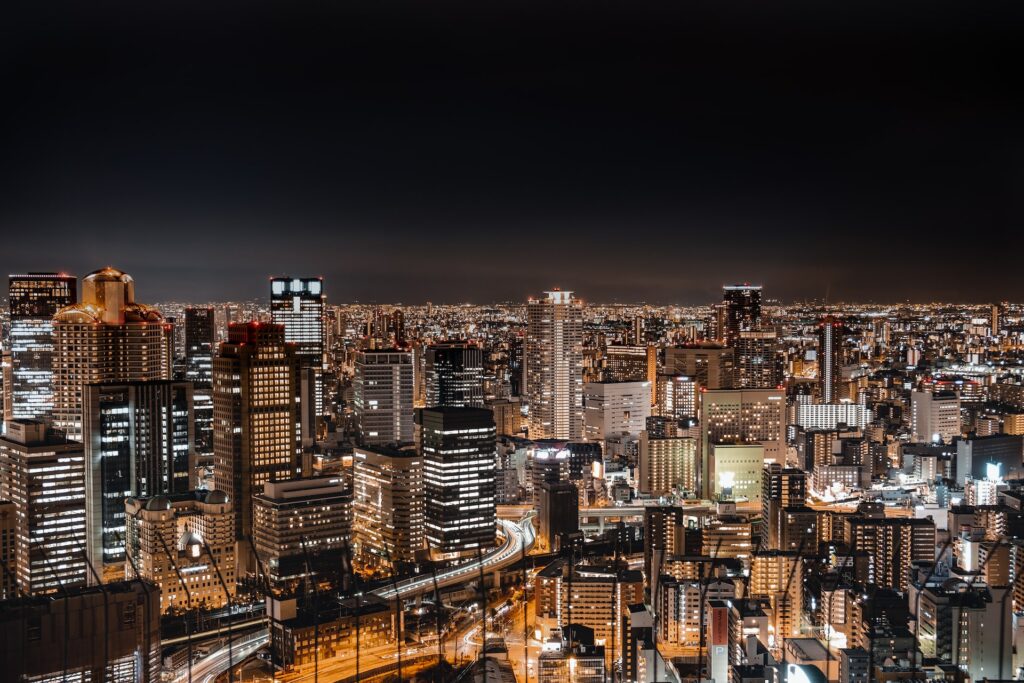
Speaking of Japanese culture, one cannot ignore religion. Which has influenced Japanese traditions and values. This is Shintoism, which is diverse. It has a rich collection of religious practices, and ideas of institutions that have shaped. The mentality of the Japanese islands since prehistoric times. Shintoism is the national religion of the Japanese. And it is not professed by any other nation in the world. Shintoism emerged in the sixth century as a counterbalance to Buddhism originating from China. This is a polytheistic and animistic religion. Which at the same time honors the forces of nature and the cult of ancestors. It does not include the concept of atonement, heaven, hell, reincarnation, and karma, focusing mainly on temporal issues.
Most of the tourist attractions in Japan are associated with this religion, including numerous temples and religious holidays (matsuri). The second religion dominating Japan is Buddhism, or, more precisely, its Japanese variety. At the end of the twentieth century, the number of his followers was 91 million people. Most of whom at the same time were considered followers of Shintoism. Such religious syncretism has been commonplace in Japanese culture for centuries.
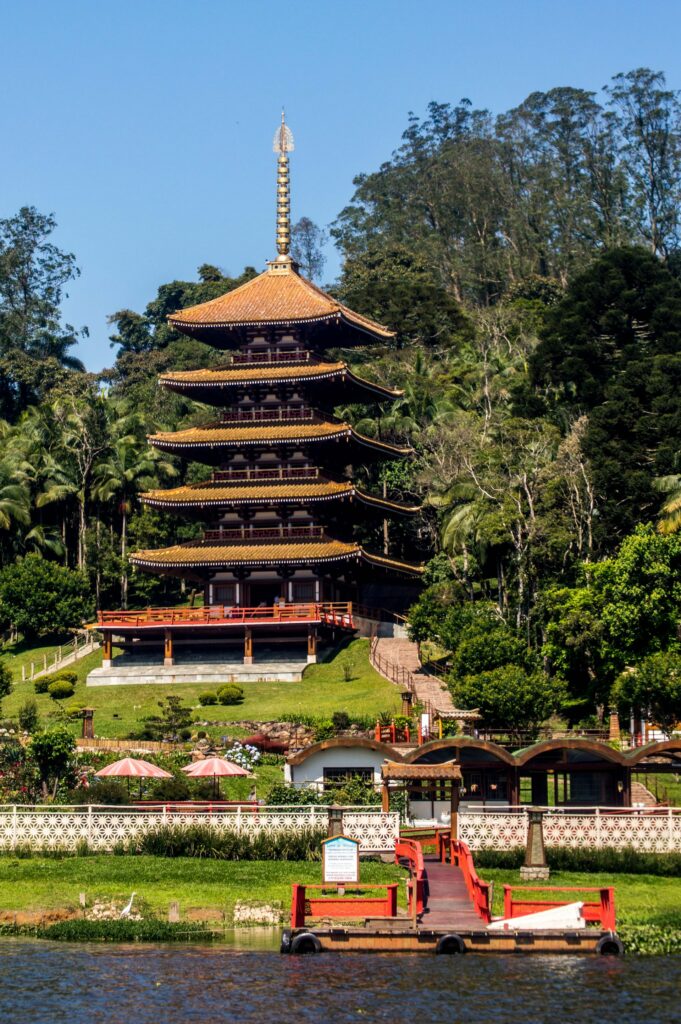
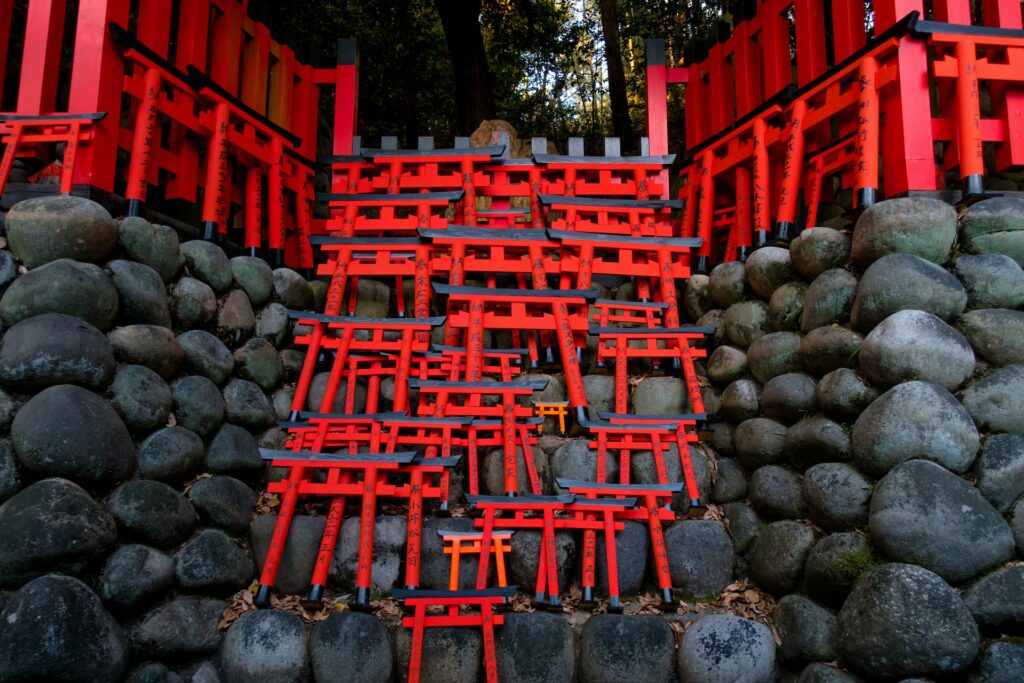

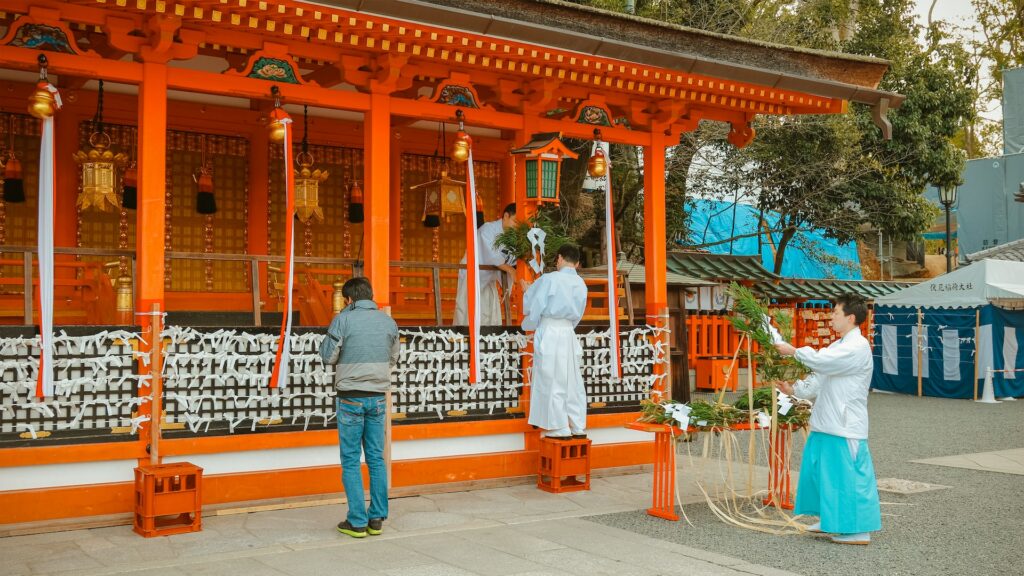

Japan is also a country of compliance with rules and generally accepted customs. Although most Japanese tourist cities are used to the “unacceptable” behavior of tourists. And it is easier to forgive their mistakes, it is better not to put their patience to the test. And learn a few basic rules that apply in this country. Before entering the house, and even more so into the temple. You must take off your shoes. In most cases, there are plastic slippers in front of the entrance. If the interior of the room is lined with tatami, stay barefoot or in socks.
Do not divide food into pieces with chopsticks and do not cover it with rice (this is due to Japanese funeral rituals). Sushi can be eaten with your hands, but you need to eat one portion at once. In most restaurants, you only have to pay at the checkout located at the exit, and not to the waiters. There are no tips in Japan (employers believe that they pay their employees a good salary and no additional remuneration is required).
If a Japanese person gives you something, you should take it with both hands. For example an invoice, a business card, an envelope, a gift, etc. You can’t eat or talk on the phone on public transport. Take business cards with you, as they are exchanged always and everywhere in Japan.











Extraordinary blog. I took pleasure in scrutinizing your articles. This is extremely a marvelous scrutinized for me. I have bookmarked it and I am suspecting examining new articles. Continue doing magnificent!